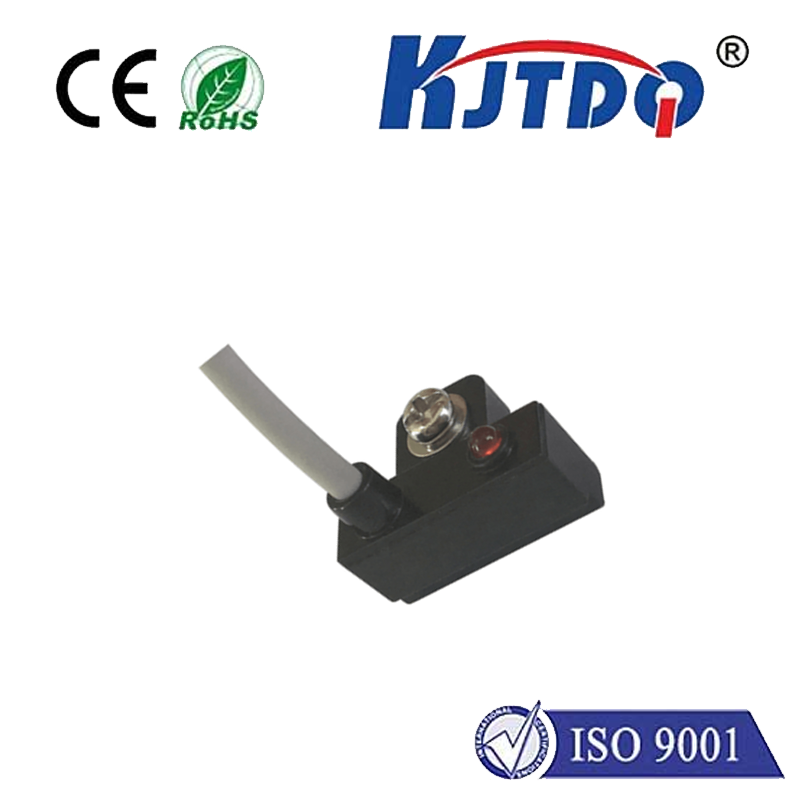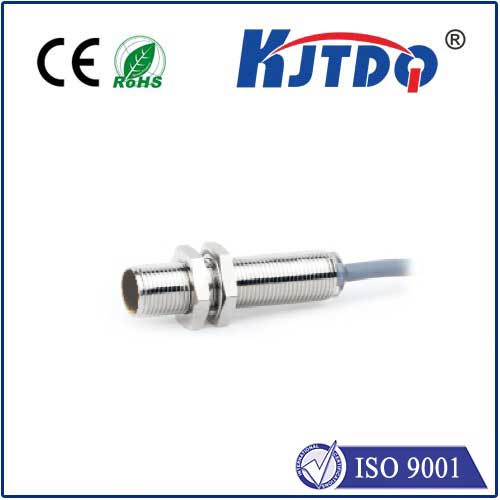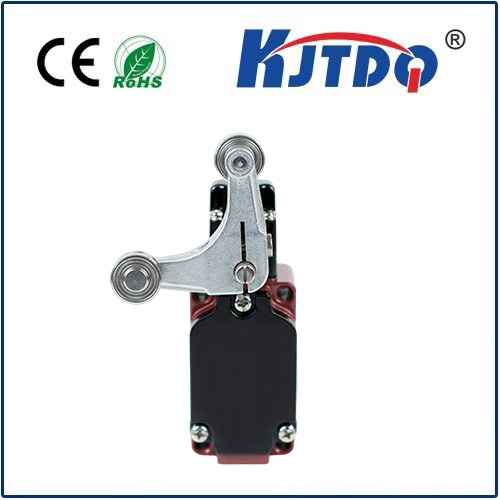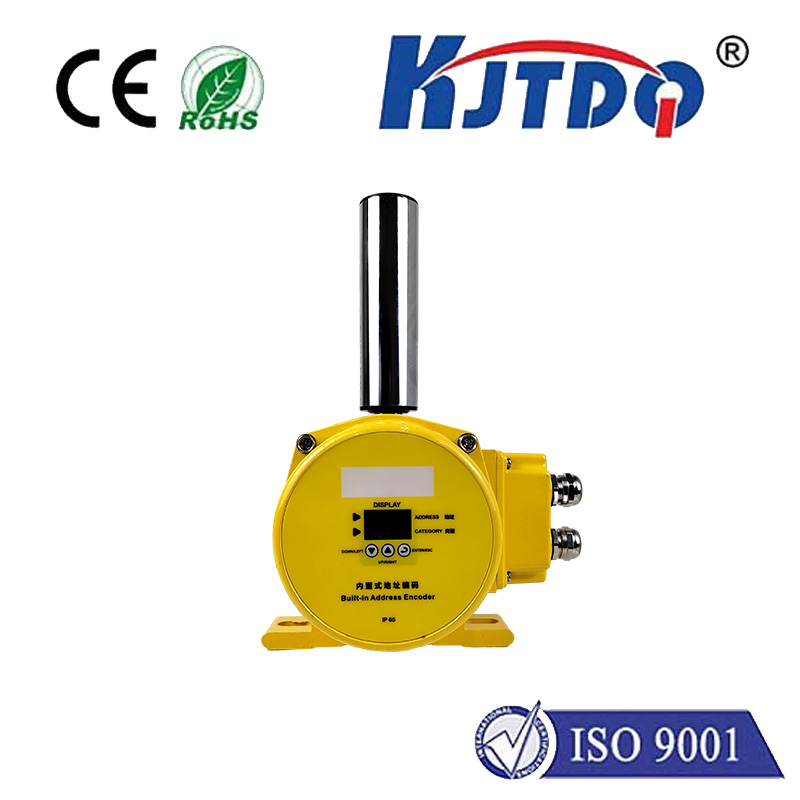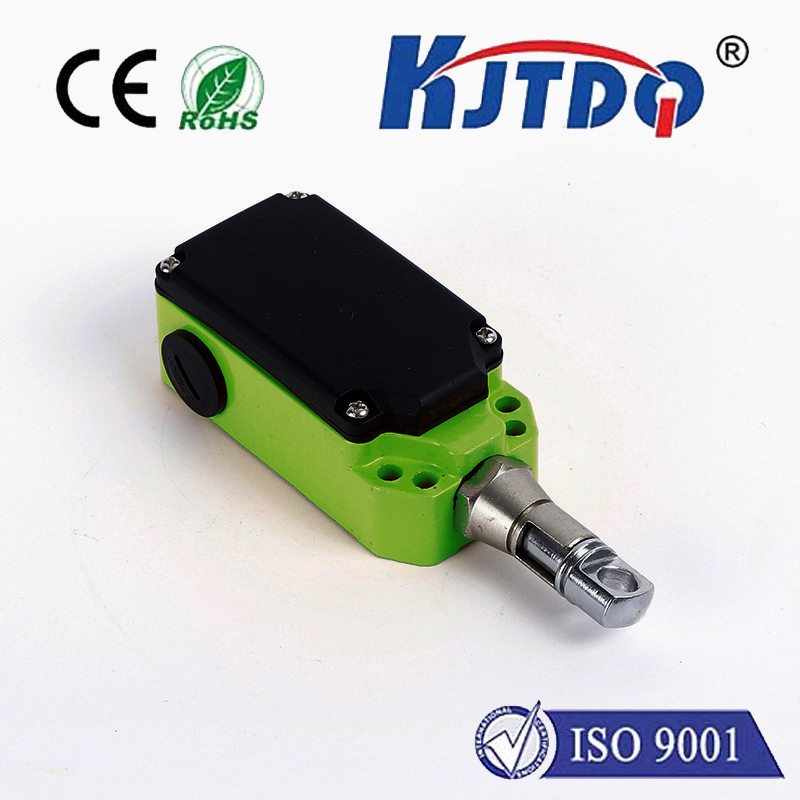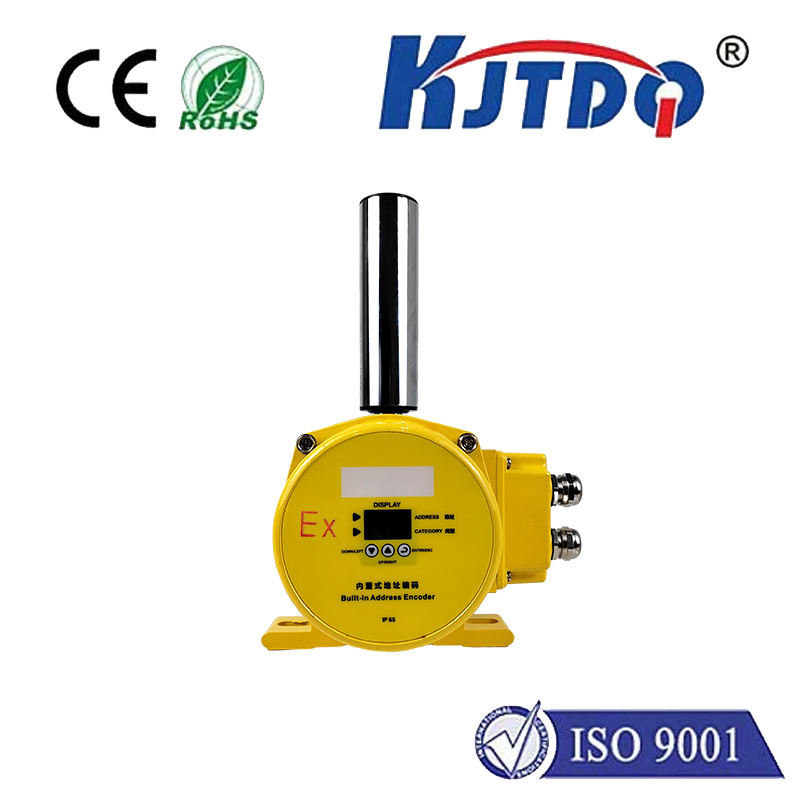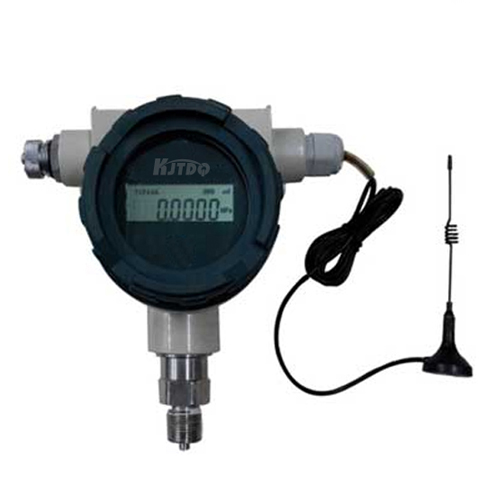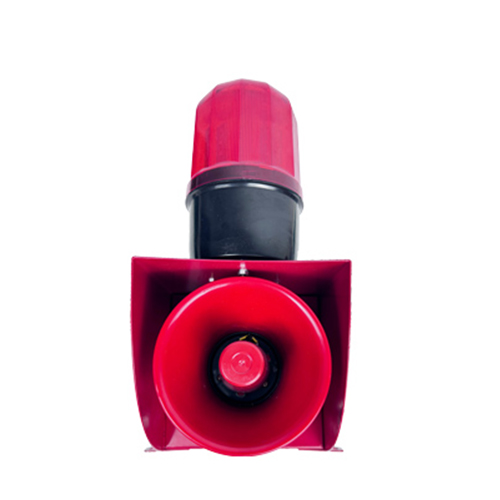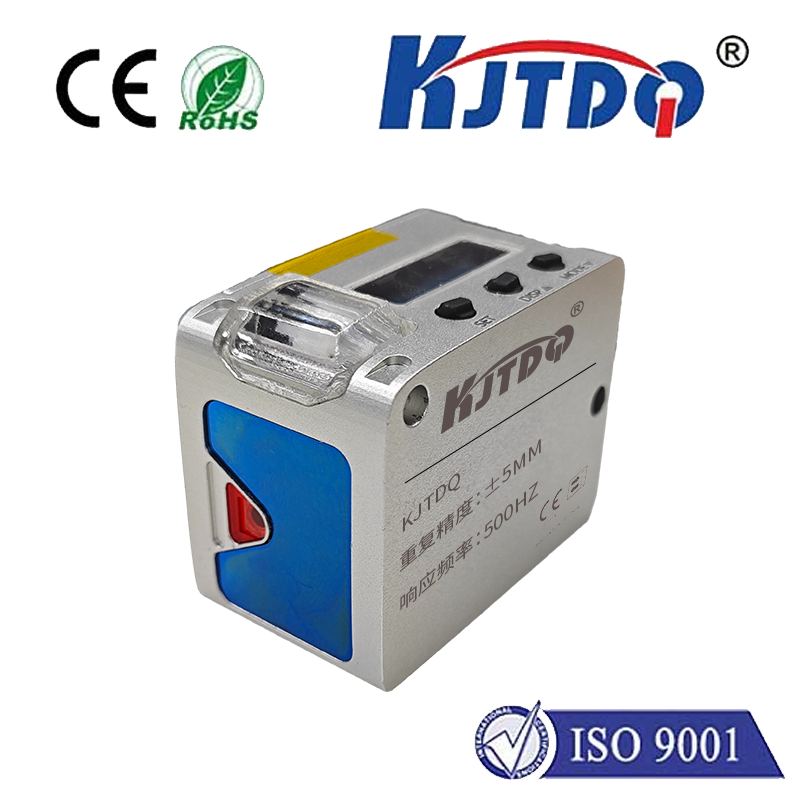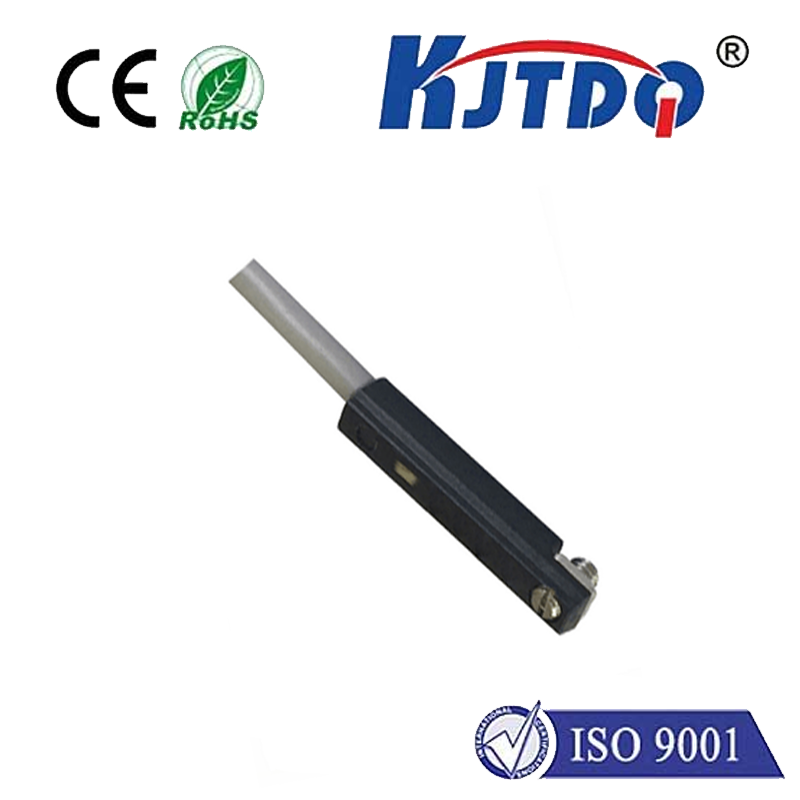micro switch limit
- time:2025-09-13 00:37:11
- Click:0
Understanding Micro Switch Limits: Optimizing Performance and Longevity
Imagine a tiny, unassuming component silently governing the safe operation of your microwave door, the precise stop of your elevator, or the reliable triggering in complex industrial machinery. That component is often a marvel of engineering: the micro switch. But for all its reliability, its performance hinges on understanding one critical aspect – its limits.
Micro switches, characterized by their small size, distinctive “snap-action” mechanism, and precise actuation, are workhorses in countless applications. However, like any engineered component, they have inherent boundaries defined by their design, materials, and construction. Ignoring these micro switch limits is a direct path to premature failure, erratic operation, and potential safety hazards. This article delves into the essential limits every engineer, technician, or procurement specialist must comprehend to select, implement, and maintain micro switches effectively.
Why Micro Switch Limits Matter
These switches are often deployed in mission-critical roles. A failed limit switch could mean a garage door doesn’t reverse, an industrial robot overshoots its position, or a safety gate fails to cut power. Understanding their constraints isn’t just technical diligence; it’s fundamental to ensuring system reliability, safety, and achieving the expected product lifespan. Operating a switch beyond its specified limits, even occasionally, can cause irreversible damage, including welded contacts, broken springs, or deformed actuators.

Key Micro Switch Limits Deciphered
These boundaries fall into several key categories:
- Electrical Rating: The Heart of Current Handling
- Contact Rating: This is arguably the most crucial limit. It specifies the maximum voltage and current (AC and/or DC) the switch contacts can reliably handle when making, carrying, and breaking a circuit. Exceeding this rating, especially when breaking inductive loads (like motors or solenoids), causes severe arcing. This arc rapidly erodes or welds the precious metal contacts, rendering the switch useless. Always match the contact rating to the load, including inrush currents.
- Insulation Resistance: Measured in megaohms, this defines the switch’s ability to electrically isolate its contacts from the housing and actuator under specific voltage conditions. Degradation here can lead to leakage currents or shorts.
- Dielectric Strength: This specifies the maximum voltage the switch can withstand between its contacts and its housing without breaking down or arcing over (typically specified as AC RMS voltage for 1 minute).
- Mechanical Durability and Force: The Physical Constraints
- Mechanical Life: Expressed in cycles (often millions), this is the expected lifespan when the switch is operated without electrical load under specified conditions (speed, force). It reflects the endurance of the spring mechanism, hinge points, and actuator. Operating under electrical load significantly reduces actual lifespan compared to the mechanical life rating.
- Electrical Life: This is the expected lifespan under the rated electrical load. It’s always considerably lower than mechanical life due to contact erosion and wear from switching arcs. This is the figure most relevant for real-world application planning.
- Actuation Force: The force required (usually in grams-force (gf) or Newtons (N)) to trip the switch’s snap-action mechanism. This must be compatible with the force applied by the operating device (e.g., a cam, lever, or plunger). Too high a force risks damaging the actuator; too low might cause unreliable operation.
- Pre-travel, Overtravel, Differential Travel: These define the actuator’s movement before switching occurs (pre-travel), the safe distance it can continue moving after switching (overtravel), and the distance the actuator must release before the contacts reset (differential travel). These are critical for precise positioning and preventing damage from over-actuation. Exceeding overtravel limits can physically damage the switch mechanism.
- Environmental Tolerance: Resilience Against the Elements
- Operating Temperature Range: Micro switches contain plastics, metals, and lubricants with specific thermal tolerances. Operating outside the specified range (-X°C to +Y°C) can cause brittleness, loss of lubricity, increased contact resistance, or mechanism failure.
- Environmental Sealing (IP Rating): For switches used outdoors, in dusty environments, or where washdowns occur, the Ingress Protection (IP) rating is vital. It defines resistance to dust (first digit) and liquids (second digit). A common requirement might be IP67 (dust-tight and protected against temporary immersion). Using an unsealed switch in a harsh environment breaches its environmental limit.
- Shock and Vibration Resistance: Switches in vehicles, industrial machinery, or high-impact applications must withstand specified levels of mechanical shock and continuous vibration without malfunctioning or suffering physical damage.
Ensuring Success: Navigating Limits in Design and Operation
Choosing the Right Switch: The foundation is selecting a switch whose published limits comfortably exceed the maximum anticipated conditions in your application. Don’t operate at the absolute maximum ratings; build in a safety margin. Carefully analyze:
- The actual load (voltage, current type AC/DC, nature – resistive, inductive, capacitive).
- Required operating speed and frequency (cycles per minute).
- The force available to actuate the switch.
- The available actuator travel (ensure sufficient overtravel allowance).
- The environmental extremes (temperature, humidity, dust, moisture, chemicals).
Proper Installation and Mounting: Even the best switch will fail prematurely if installed incorrectly. Ensure:
- The actuator is engaged correctly, without binding or excessive side-loading.
- Mounting is secure to prevent movement or vibration-induced stress.
- Electrical connections are tight and correct to minimize resistance and heating.
Routine Inspection and Maintenance: Periodically check switches in critical applications for signs of wear, damage, contamination, or loosening connections. Monitor for changes in operation (e.g., chattering contacts) which signal approaching failure.
Recognizing the Signs of Exceeded Limits
Symptoms that a micro switch is being operated beyond its limits include:
- Intermittent operation or failure to actuate.
- Physical damage to the actuator or housing.
- Welded contacts (contacts stuck closed, circuit remains on).
- Pitted or blackened contacts (visible upon disassembly).
- Excessive heating at the switch terminals.
- Audible buzzing or chattering during operation.
Beyond the Spec Sheet: The Practical Imperative
Manufacturer datasheets provide the essential roadmap to a micro switch’s capabilities and boundaries. However, truly optimizing their use requires understanding how these limits interplay within your specific system dynamics. By rigorously respecting the electrical, mechanical, and environmental limits, and designing proactively within them, engineers unlock the full potential of these remarkable devices: reliable, precise, and long-lasting performance, safeguarding both equipment and users. The micro switch limit isn’t just a technical parameter; it’s the key to unlocking trouble-free operation.






